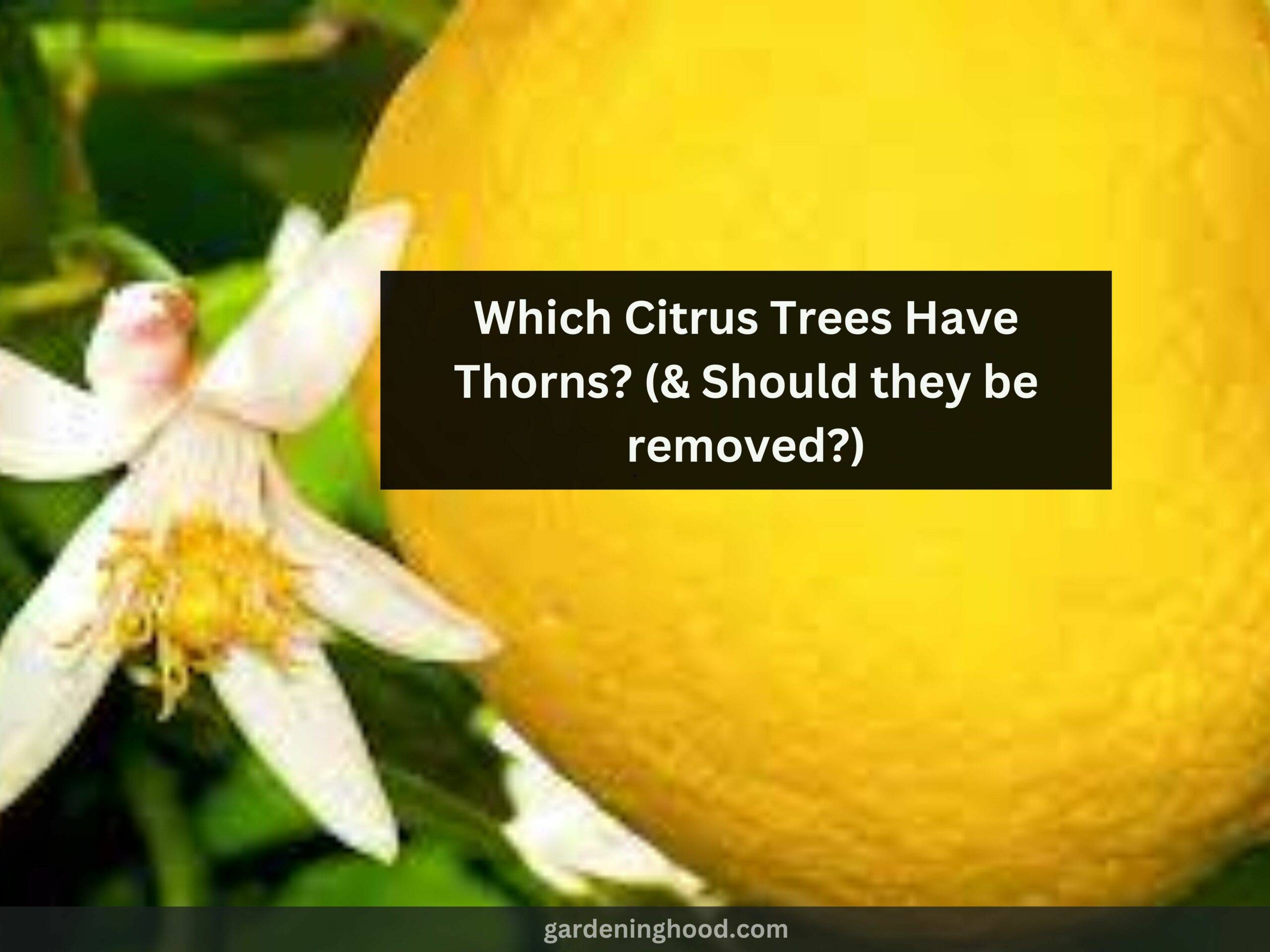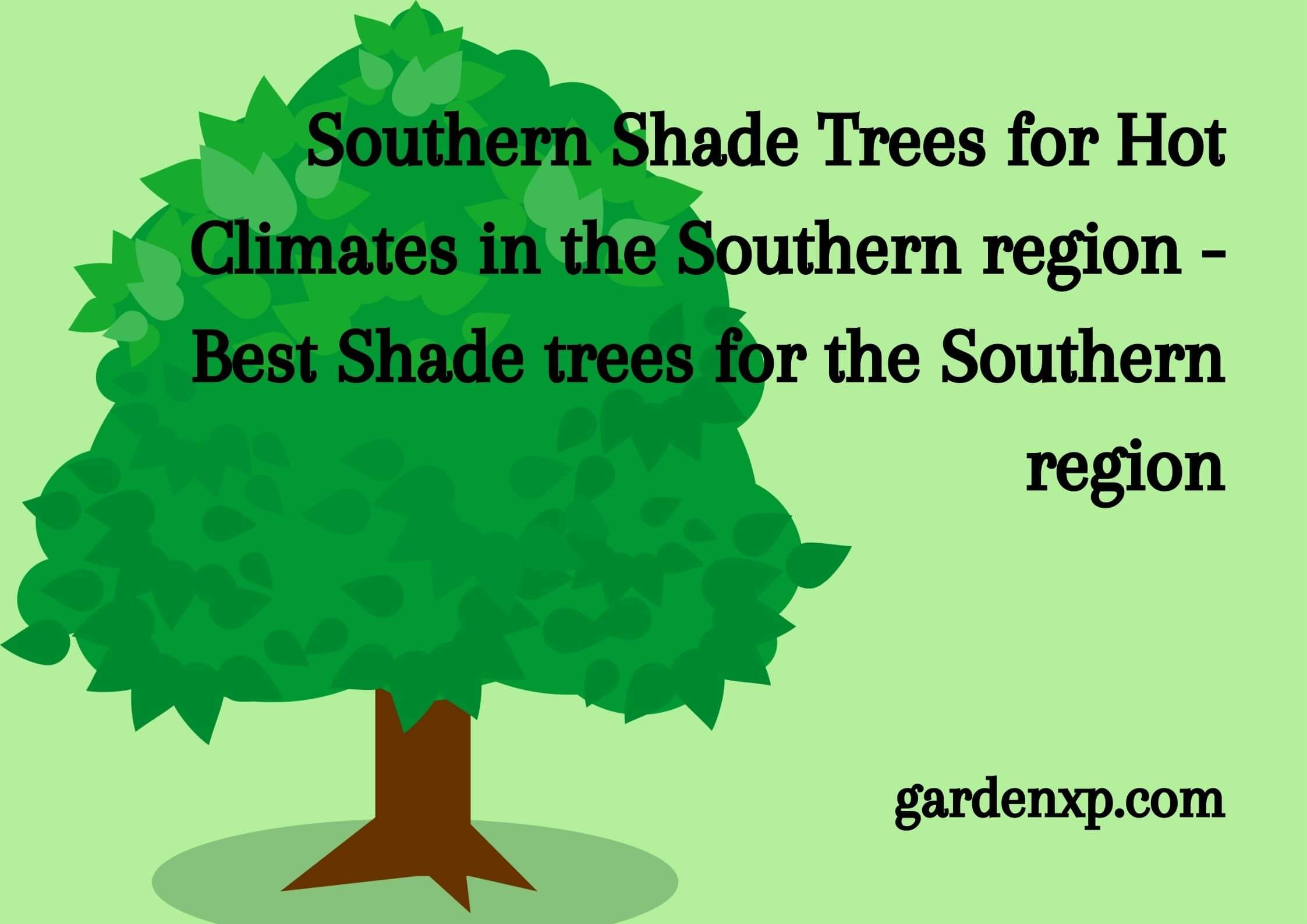What is Golden Willow and How to Grow it?
What is Golden Willow? White willow is a widespread tree native to Northern Africa, Europe, and Central Asia to which Golden Willow is a native. Golden willow is a variant of white willow. In many aspects, golden willow is similar to white willow, but its young stems have a beautiful golden hue. When planted in the right spot, golden willows are easy to grow. Continue reading to learn more about the golden willow.
Key takeaways:
- Golden willows are hardy in zones 2 through 9 of the United States Department of Agriculture’s plant hardiness zones.
- Golden willow tree maintenance is similar to willow tree care in general, so consider planting it in a region with damp or moist soil.
- Heavy pruning may be required for golden willow tree maintenance.
basic facts about golden willow:
Scientfic Name: | Salix alba vitellina |
| Native: | cytospora canker, bacterial wet wood |
| Growth Habit: | Moderate |
| Growth Rate: | Rapid |
| Max. Height (ft): | 35 |
| Max Width/Spread (ft): | 35 |
| Life Span: | Moderate |
| Cold Hardiness: | Excellent |
| Drought Resistance: | Poor |
| Elevation Range: | 8000 |
| Soil Conditions: | |
| Wildlife Value: | Good |
| Wildlife Notes: | they do come under Song and game birds that are food by buds and twigs |
| Seasonal Color: | they are used to bloom in young orange-yellow bark |
| Possible Insect Issues: | aphids |
| Possible Disease Issues: | young orange-yellow bark on young growth/winter |
| Miscellany: | Requires Moist soil |
What is the purpose of Willow?
Willow bark is used to treat a variety of pains, including headaches, muscular or joint discomfort, menstrual cramps, osteoarthritis, gout, rheumatoid arthritis (RA), and ankylosing spondylitis, a spine illness. The pain-relieving properties of willow bark have been known since ancient times.
What does a Golden Willow Tree look like?
In the 1700s, European immigrants introduced white willow (Salix alba) to this nation, and it has since escaped and naturalized across the continent. The bark of this tree is a dark brown tone. The golden willow (Salix alba ‘Vitellina’) is one of the varieties that evolved from the white willow.
So, what exactly is a golden willow? Golden willow is a tree that resembles white willow but produces new growth that is the color of egg yolks, according to golden willow literature.
Growing a Golden Willow
These willows are hardy in zones 2 through 9 of the United States Department of Agriculture’s plant hardiness zones. That implies you can likely begin growing the trees if you reside in the continental United States.
In the winter, the bright fresh stems truly stand out in your garden and add interest to the otherwise inert landscape. Because of the distinctive color of the stems, many gardeners began cultivating golden willow trees. That is why golden willow is commonly planted as a shrub with several stems rather than a single stem tree.
You’ll want as many new trunks as possible each year if you’re growing them for the color of the juvenile bark.
If you’re wondering how to cultivate a golden willow, you’ll be relieved to learn that it’s a low-maintenance plant. The upkeep of a golden willow tree isn’t difficult or time-consuming. For optimum growth, place the golden willow in a sunny spot with well-draining soil. In addition to full sun, the tree thrives in moderate shade.
Golden willows have comparable cultural needs to other willow plants. That implies golden willow tree maintenance is similar to willow tree care in general, so consider planting it in a region with damp or moist soil.
Heavy pruning may be required for golden willow tree maintenance. Cut the branches down to the floor every winter if you want the tree to become a multi-stemmed shrub. This should be done before any new growth occurs. Because golden willow develops swiftly, you may notice sprouts that are higher than you are before the growing season is over.
Specifications of the Plant
Golden willow is known for its gleaming golden twigs. The masses of vivid golden yellow branches are rather conspicuous and may be regarded as a decorative addition to the winter setting. They’re also utilized in basketry and wickerwork. This deciduous bush or tree can reach a maximum height of 7 to 12 meters (23 to 36 feet) and a spread of 9 meters (30 ft). It grows 50 to 150 cm (1.5 to 3.5 ft) each year and has a useful life of 25 to 60 years.
Leaves: Leaves are 4 to 10 cm (1.5 to 4 in.) long, alternating, simple, narrow-lanceolate, long-acuminate, serrulate, glaucous underside, and somewhat silky. Cuttings are used to propagate the plant.
Fall Color: Green leaves last till the end of the season.
Preference for the Location: Golden willow may be grown in either full sun or partial shade. It prefers moist soil, but not one that is poorly drained, and it will not withstand drought. It likes organic soil and will not withstand alkaline soils. It is not suggested for grey-wooded soils.
Hardiness: Sensitive; winter damage is possible so you need to fix it.
Uses: Golden willows are commonly used for accent planting, park planting, shelterbelt planting, and single-stemmed landscape plantings. This willow should be planted in shelterbelts with 2 to 4 m (6 to 13 ft) between trees in a row and 5 to 8 m (17 to 26 ft) between rows.
For more such plant related-articles, you may also read, What is Dutchman’s Pipe Vine? How to Grow, Care, and Prune Dutchman’s Pipevine?
Problems: Doesn’t do well in dry environments.
Diseases: Disease-free to a moderate extent.
Insects: Moderately free of insects.
Pruning: The tree can be trimmed to a single linear trunk while it is young, although it also develops multi-stemmed, especially in shelterbelts.
Ways to plant weeping willow:
The following are some ways to plant weeping willow:
- first of all you need to dig a square hole and using a garden fork soft the edges of the hole.
- After digging the hole check the deepness of the hole and look for a tide mark to ensure the top of the root ball does it in level with the same soil for pot-growing trees.
- After digging the hole you need to fill the hole with soil gently.
- to prevent the condition of root rock you need to add a Stake and tie it with a tree. you need to water the whole and keep the Stake as it is for around 2 years
Ornamental Features:
The following are some ornamental features Of the Golden willow plant:
- These are the plants that are rich green deciduous foliage and are able to grow all over the season.
- they consist of glossy narrow leaves that turn into gold during the fall season.
- They consist of Brown bark and gold branches which are the most attractive part of the plant and during winter they add more beauty to it.
Landscape Attributes:
The following are some landscape attributes of the Golden Willow plant:
- They come under dense deciduous trees which are able to grow all over the season. the texture of the plant is easy to blend into the landscape.
- you can balance the text using one or two final trees or shrubs to result in an effective composition.
- they come under a high-maintenance tree that needs to be regularly cared for and timely pruned during late winter has passed.
People do use to grow Golden below for the following recommendation:
- Shade
- Windbreaks and Shelterbelts
About the Article
White willow is a widespread tree native to Northern Africa, Europe, and Central Asia to which Golden Willow is a native. Golden willow is a variant of white willow. When planted in the right spot, golden willows are easy to grow. the above mentioned information will help you with clearing you any confusion for what are golden willow and how to grow them.
In many aspects, golden willow is similar to white willow, but its young stems have a beautiful golden hue. In this article, we discussed the Golden Willow and how it is grown.


